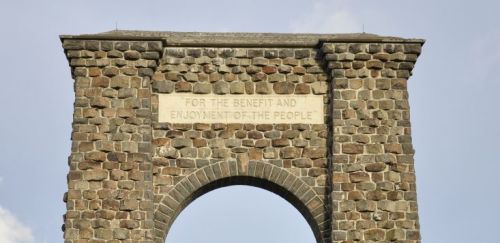I've always been enthralled with the idea of national parks. When I was a little kid, growing up outside Chicago, there was absolutely nothing in my world that compared to the pictures I saw of things like the Grand Canyon and Yellowstone's geysers. I wanted to drive to each and every park on a grand road trip so I could see all the awesome natural areas that this country has to offer. I haven't been able to take such a road trip yet, but on smaller ones, I have managed to make my way to a few parks, and they're all much more spectacular in person.
Listen to the Retrospectical Podcast Episode 11 - America's National Parks

The roots of National parks go all the way back to Lincoln, who granted the lands of the Yosemite Valley and Mariposa Grove back in 1864 to the state of California. It was the first time park land had been set aside specifically for preservation and public use through the US government. Based on this precedent, in 1872 Yellowstone was made into a National Park, basically the first National Park in the world.
Early on, the parks had very few rules regulating them, which caused a lot of conflicts between private businesses, and men who wanted to keep the parks from becoming another Niagara Falls. Niagara Falls, an incredible natural feature, is surrounded by development, and was especially bad back in the 1800's. The people pushing to preserve the parks in the west also wanted to make sure they could remain wild places.
So, why is it important to protect this stuff?
Mesa Verde, the petrified forest and other places were under pressure from people developing the areas or just stealing everything that was there. Yellowstone had people carving their names into rocks everywhere, as if a geyser was nearly perfect, it just required their signature. Yosemite may have gone through the most growing pains. They had squatters, sheep grazing all over the top of the valley, and eventually had an entire valley dammed.
A single organization was needed to take control of all of the parks, and in 1916, through an act of congress, the National Parks Service was created. The parks are really a collection of people who helped preserve them, since nobody gets to claim credit for actually building them.
A few of the most important people early on in the parks:
John Muir - One of the first famous preservationists in America, he helped get the Yosemite Valley, Sequoia and Petrified Forests and many other wild areas preserved. He was known for the spirituality and fervor in which he talked about nature. Muir had a profound effect on the way the country viewed natural areas at the time and is sometimes referred to as the "Father of the National Parks".
So you have an immigrant who grew up to be a great champion for America's wild areas and helped create the idea of National Parks, which then spread around the globe. This idea spread as one of the great cultural gifts that America was able to give back to the world, kind of like Jazz.
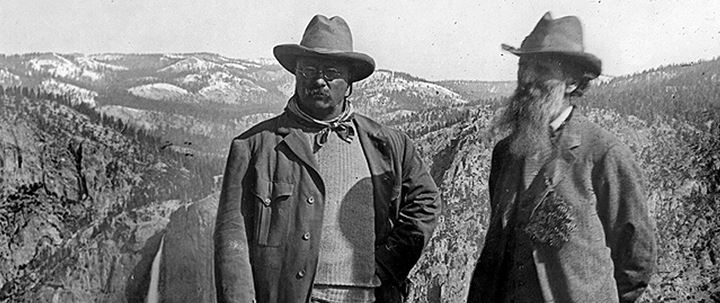 President Theodore Roosevelt and John Muir at Yosemite, 1906.
President Theodore Roosevelt and John Muir at Yosemite, 1906.
Teddy Roosevelt - As president, Roosevelt was a great champion of preserving wild areas. He took a presidential tour of the national parks, and on his visit to Yosemite, spent several days camping alone (after ditching his entourage) with John Muir. Muir's passion fed the President's own for conservation, though they both had different approaches. For example, Roosevelt was an avid hunter, and Muir just couldn't understand that at all, but ultimately they both wanted the same thing.
In 1906, Roosevelt signed the Antiquities Act into law, which gave the president authority, by presidential proclamation (basically the stroke of a pen) to create national monuments from public lands (lands already owned by the government) and set them aside for their natural, cultural and scientific features. This allowed at first for the preservation of specific sites like Devil's Tower in Wyoming and Chaco Canyon in New Mexico, but was then interpreted to preserve most of the Grand Canyon, in Arizona, as well.
Upon his first visit to the Grand Canyon, President Roosevelt remarked: "Leave it as it is, the ages have been at work on it and man can only mar it." A man with a gift for oratory and a passion for wild areas was the best supporter that the early parks system could have hoped for. Roosevelt established 18 national monuments during his presidency.
Buffalo Soldiers - Early on in the parks, there were few laws and fewer people to enforce those laws to protect the land. The US army often served in the parks, and a particular African-American cavalry unit nicknamed the "buffalo soldiers". Serving at several parks in the Sierra Nevadas, they were among the early protectors of the park (and even introduced the distinctive ranger hat - aka the Smokey Bear Hat).
Gifford Pinchot - Pinchot was the first head of the US Forest Service. While he too wanted to preserve forests and other wild areas, he often clashed with Purists like Muir over the use of that land. Pinchot was in favor of using the land for practical uses and profitability. This would help support the lumber industry, but would be managed in a way that continuous cropping would take focus away from short-term gains.
Stephen Mather - Mather was the first director of the National Park Service. He, along with his assistant and successor Horace Albright, shaped the parks system into what it is today. Mather's goal for the parks was to expose it to as much of the public as possible. Through this, he believed that the public support for the parks would be overwhelming and strengthen the entire system they were building.
He expanded the number of parks, helping to determine which places should be chosen for new National Parks and National Monuments. In order to reach the most people possible, he helped create parks in the east and promoted a National Park to Park Highway in the west. Mather allowed cars into the parks for the first time and it really opened the floodgates in terms of tourism.
In 1920, the total visitors passed 1 million for the first time, and in 1925 they topped 2 million. The parks grew fast, which also created lots of congestion. (In 2009, there were nearly 63 million visitors to 59 national parks.)
An interesting story about Mather - He suffered from bipolar disorder which would occasionally cripple him. One of the ways he was able to treat this was to go back out west and spend time in the parks and other wilderness areas. In essence, his expansion of the parks to everyone was his attempt to share what had been so therapeutic and helpful to him.
Mather wanted to build scenic roads in as many parks as he could in order to stress the beautiful parts of the park. Roads were built with the landscape in mind and so as to not become an eyesore. They were placed in ways that the parks could basically be viewed from a car. The result of this were roads like the Going to the Sun Road in Glacier NP.
John D. Rockefeller Jr. - A Philanthropist who took great interest in conservation efforts. He purchased and donated land for Grand Teton, Acadia, Great Smoky Mountains, Yosemite and Shenandoah national parks. He was one of many philanthropists who were important in the creation of the parks.
Some cool features in parks:
Yosemite National Park in California's Sierra Nevada Mountains, features Half Dome Rock, which looks from the valley floor to be a sphere of rock that was cleaved in half, leaving a perfectly vertical face directed into the valley.
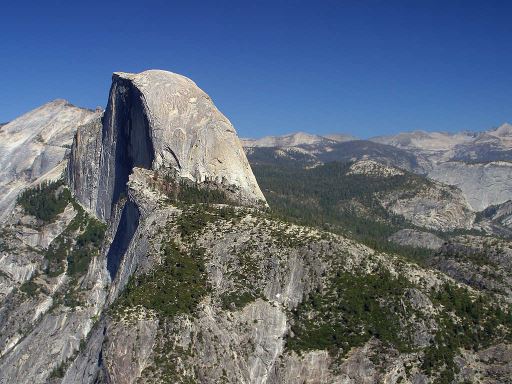
Acadia National Park, on the Atlantic coast in Maine, is the oldest park in the east. It was created almost entirely from donated lands organized by people who just wanted to see the island preserved for everyone.
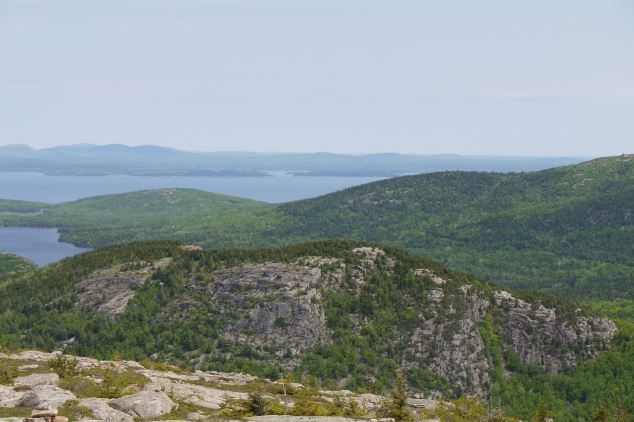
Crater Lake is the deepest lake in the US, over 1900 feet deep, filled entirely by snow and rain, it's remarkably clear and has no inlet or outlet streams.
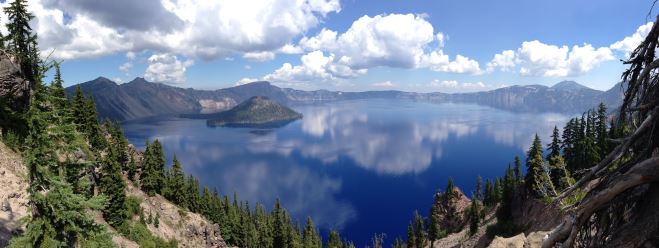
Death Valley is the lowest, driest and hottest place in the US. It's actually quite close to Mt. Whitney, the highest place in the continental US.
The Grand Canyon really is one of the great things in life that lives up to the hype. It's quite a humbling experience to visit, despite the crowds.
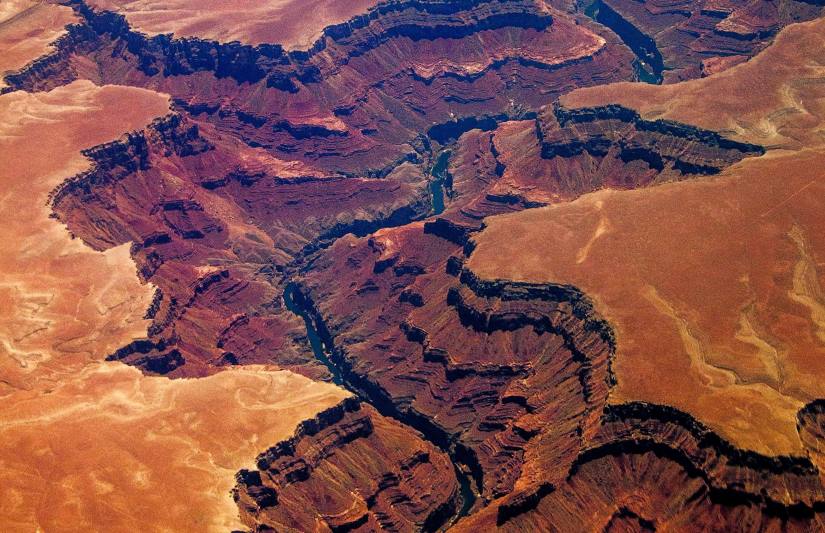
Great Basin National Park has trees called Bristlecone Pines that are over 5000 years old and some of the darkest night skies in America.
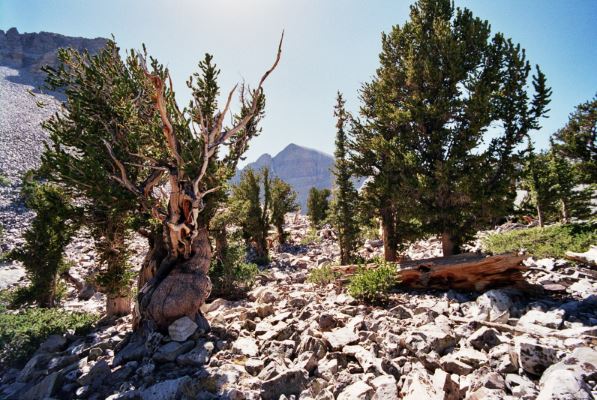
Mammoth Cave in Kentucky is the longest cave system in the world, over 400 miles of explored caverns.
Yellowstone is actually on top of a supervolcano, essentially making the entire park a giant caldera and helping to fuel all of the geothermal features throughout the park.
